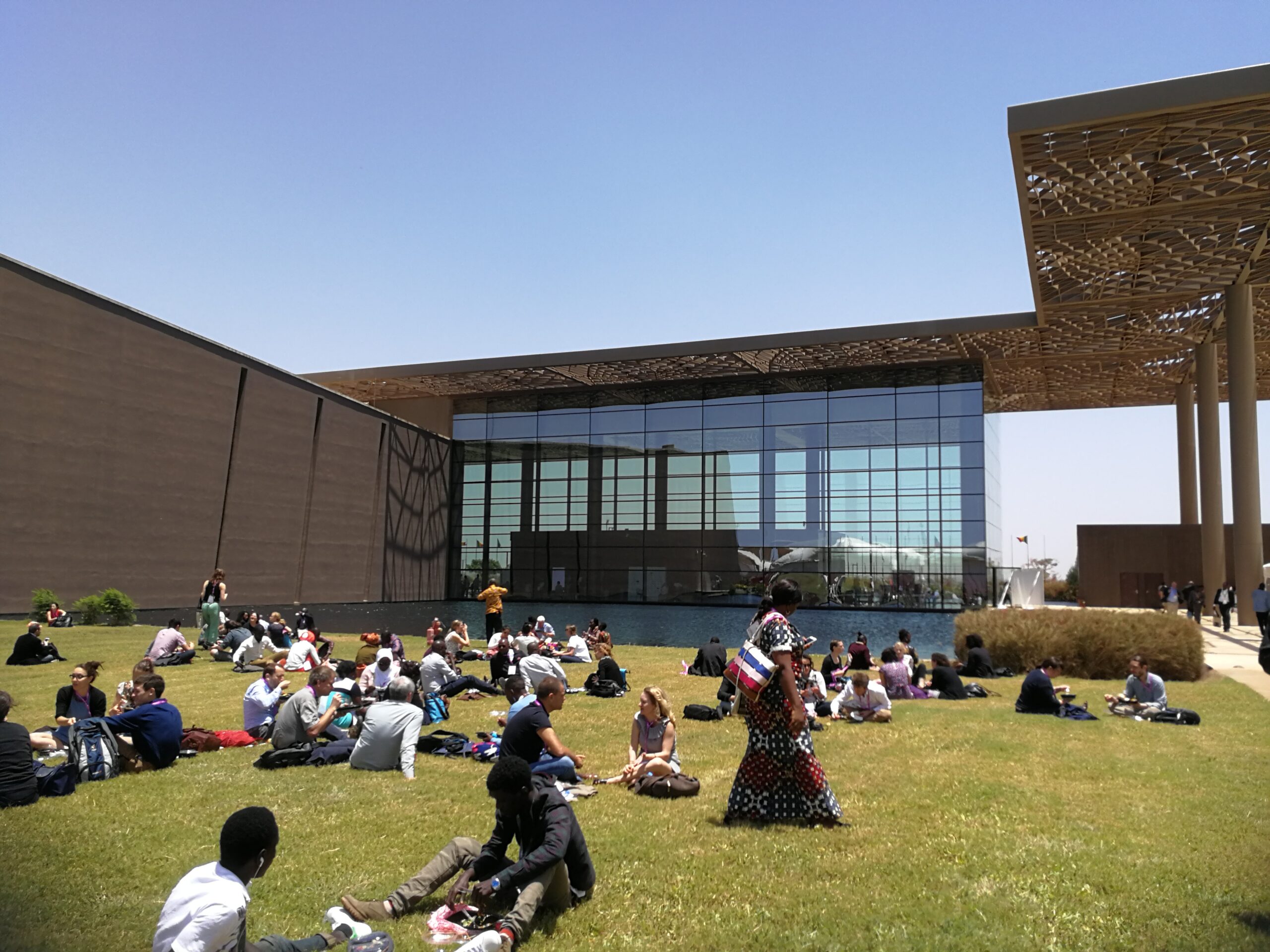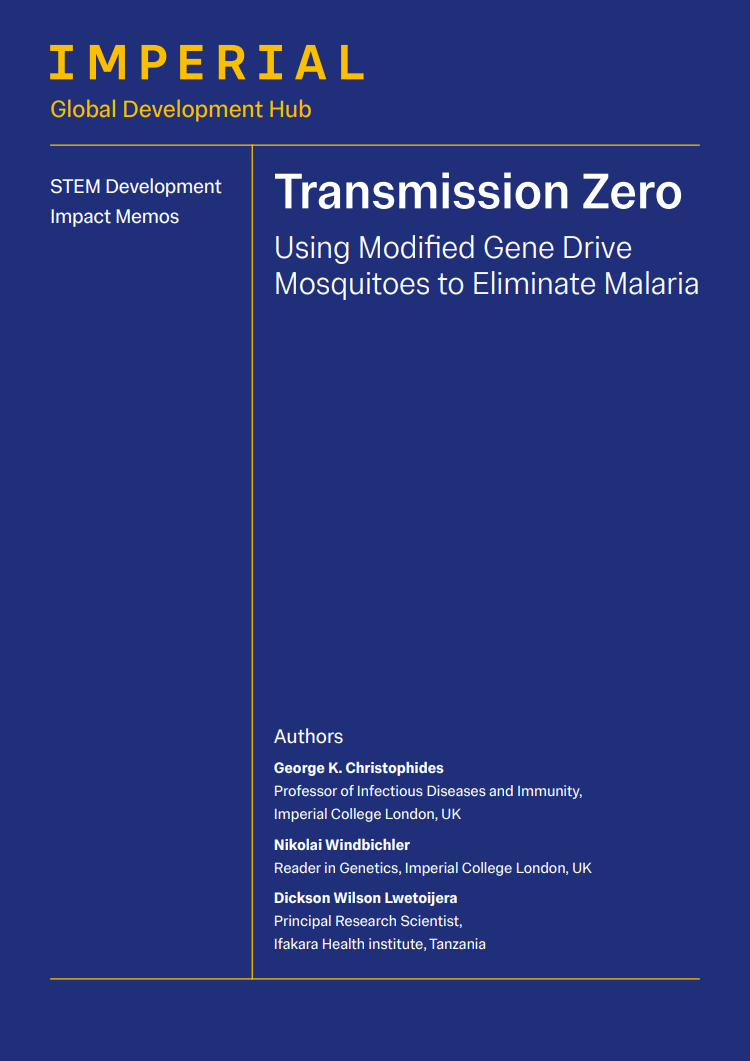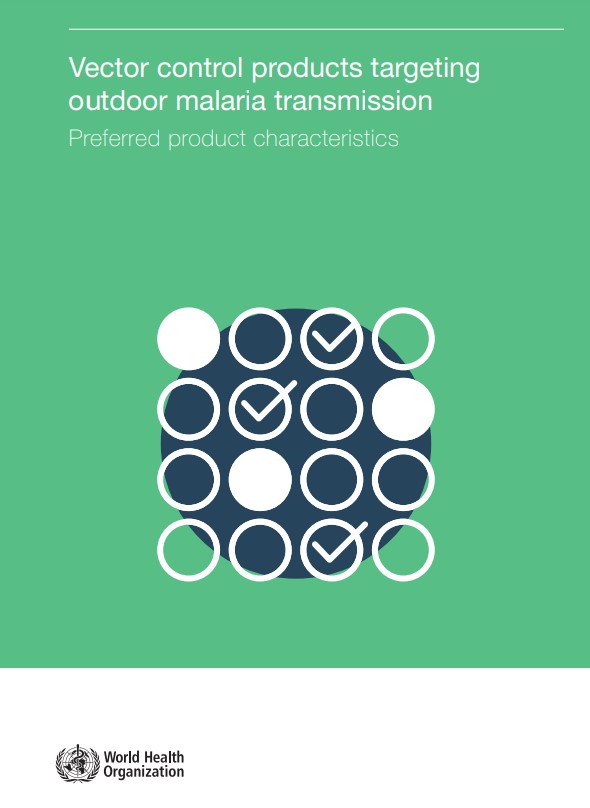7th Multilateral Initiative on Malaria (MIM) Pan African Conference – 2018: Day 3
Wednesday, 18th April 2018
Published: 05/12/2018
This report is brought to you by the MESA Correspondents Shehu Shagari Awandu, Manuela Runge, Helena Martí Soler, and Camila Damasceno. Senior editorial support has been facilitated by Ingeborg van Schayk.
THEMES: THEMES: Basic Science | Epidemiology | Health Systems | Insecticide Resistance | Leadership & Governance | P. vivax | Product Development
MESA Correspondents bring you cutting-edge coverage from the 7th Multilateral Initiative on Malaria (MIM) Pan African Malaria Conference
Day 3: Wednesday, April 18th
Plenary session: “Insecticide resistance in African malaria vectors: how worried should we be?” – Prof Hillary Ranson, Liverpool School of Tropical Medicine
Prof Hillary Ranson, Head of the Department of Vector Biology at the Liverpool School of Tropical Medicine, is a world-renowned vector biologist. She also acts as a technical advisor to the Innovative Vector Control Consortium (IVCC) and is member of the WHO Vector Control Advisory Committee. Prof Ranson studies the impact of insecticide resistance on malaria control and evaluates alternative products and strategies to overcome resistance. Long-lasting insecticide treated nets (LLINs) are one of the two core and broadly recommended measures for malaria vector control by the WHO. Resistance to pyrethroids, the only class of insecticides available for use on LLINs, is now widespread in the major malaria vectors but recent studies show that, despite the spread of resistance, LLINs are still a useful tool for personal protection.
She discussed how the community protection provided to non-net users would be reduced by insecticide resistance before any impact was seen on personal protection. Hence studies focusing solely on malaria in net users may be substantially underestimating the future impact of resistance. In addition, she highlighted that understanding how insecticide exposure affects vectorial capacity is critical to predicting the expected impact of pyrethroid resistance on the effect of LLINs. In conclusion, she stressed that the global community cannot afford to be complacent about the increase in insecticide resistance despite the lack of evidence of wide scale impact on the personal protection provided by nets.
“New medicines for the control and elimination of malaria” – Dr Timothy Wells, Medicines for Malaria Ventures (MMV)
Dr Timothy N.C Wells is the Chief Scientific Officer of Medicines for Malaria Venture (MMV), a product development partnership (PDP) in the field of antimalarial drug research and development. MMV works with academia, industry, the private and public sectors, scientists, and medical practitioners to catalyse the discovery, development and delivery of new, child-friendly medicines.
Dr Wells reported that over the past two decades, MMV has been involved in the development of seven new medicines. He also emphasized the need to keep focusing on new treatments and protective measures against malaria. He explained that even though we currently have artemisinin-based combination therapies (ACTs), which are still working, we must be ready by having a new generation of drugs when ACT-untreatable malaria hits. MMV is, therefore, working on the development of new therapies and aims to have developed new non-artemisinin combinations treatments for severe malaria by 2024.
Finally, Dr Wells stated that it is imperative to ensure the optimal use of the current tools if we are to drive down both the incidence and transmission of malaria.
Reported by Camila Damasceno
Symposium: “Approaching elimination in Africa using population-wide interventions: lessons from the field”
Elizabeth Chizema, from the Zambian National Malaria Elimination Center and the symposium chair, outlined the session talks focusing on recent results and lessons in the field from the implementation of population-wide interventions for malaria elimination, especially Mass Drug Administration (MDA) campaigns in Sub-Saharan Africa. Ways to optimize these interventions for future impact were also considered.
Mame Birame Diouf, from the President’s Malaria Initiative/USAID, talked about the “Scale Up For Impact (SUFI) impact assessment: optimizing implementation” in Senegal, where successful scale up of core interventions has resulted in a malaria burden reduction from 24% in 2006 to 4.3% in 2017. In transitioning from control to elimination in Senegal, where SUFI implementation has been deployed and appropriate approaches adopted, the Ministry of Health has introduced new strategies like free care for children less than 5 years old and providing health insurance to the others. The final phase in SUFI implementation would involve re-orientation of the system to develop a more responsive and proactive system.
Duncan Earle, from MACEPA, shared the Zambian experience in his talk “Population based interventions for elimination: information and evidence driving decisions”. Using data from 10 years of malaria indicator surveys, he showed how the programme had witnessed a progressive reduction of malaria in the whole country, especially in Southern Province, where more aggressive interventions have been used, such an MDA trial conducted in 2014-16. Before that, reactive case detection was implemented and the number of community health workers was increased to improve access to treatment. In the MDA trial, prevalence of infection was significantly reduced to very low levels, after which MDA was implemented in programmatic mode targeting the highest transmission health post catchment areas in a larger area. The malaria incidence trend in the last years has been heterogeneous, with some areas reaching very low levels of transmission, others going up and down, and a few where transmission has remained relatively high. Future questions include understanding the factor explaining this heterogeneity: scope of MDA coverage, optimal timing and number of rounds, and understanding of persistent burden in certain localities as well as reassessment of index case management.
Beatriz Galatas, from ISGlobal and CISM, spoke about the Magude Project, which aims to investigate whether malaria transmission can be interrupted locally in a rural African setting with moderate transmission (10% prevalence) after an annual round of IRS plus two MDA rounds with dihydroartemisinin-piperaquine (DHAP) in the Magude District of Mozambique. The baseline malaria prevalence by microscopy was 7%, 9% by RDT and 12% by PCR. Two years after the implementation of the interventions, the districts experienced an 89%, 71% and 61% reduction by microscopy, RDT and PCR respectively. Additionally, the intervention resulted in a 60.6% reduction of the expected passively detected cases between 2015 and 2018, but transmission was not interrupted.
Adoke Yeka, from Pilgrim Africa, presented on the “Impact of population based Indoor Residual Spraying (IRS) in combination with mass drug administration (MDA) on key malaria indicators in a high transmission setting in north eastern Uganda”. Preliminary results demonstrated achievement of high coverage, significantly greater reduction in prevalence of infection in the arm with combined IRS and MDA compared to the other two arms (IRS+LLINs and LLINs only), and reduction in Anopheles numbers with good acceptability by the community.
Hannah Slater from Imperial College gave the final talk by showing predictions from mathematical models. The models predicted that MDA could reduce transmission, prevalence and incidence rapidly, but is unlikely to sustain gains without other measures in place, especially in the context of high importation. She concluded her talk by calling for need of further understanding of how to maintain the gains in MDA taking into consideration the local epidemiology, and that it is easier in low transmission settings.
Reported by Shehu Shagari Awandu
Symposium: “Empowering African institutions and future malaria research leaders through capacity development and partnerships”
This symposium was organised by the European & Developing Countries Clinical Trials Partnership (EDCTP) and was chaired by Prof. Godfrey Tangwa. The objective of the symposium was to raise awareness of opportunities and challenges of capacity development and networking in key areas of clinical research in Africa. Apart from sharing experiences, participants discussed solutions that can be adopted to address issues arising in their respective fields.
Michelle Nderu, project officer at the EDCTP, gave an introduction of the EDCTP activities and funding opportunities. She talked about the North-South collaborative programme, clinical research activities and regional networks of excellence. Prof Abdoulaye Djimde, from the University of Science, Techniques and Technologies of Bamako, Mali, received grants from EDCTP. He shared his project experience and highlighted several challenges that he had to overcome.
Prof. Kamija Phiri, from the College of Medicine, University of Malawi, talked about getting research into policy through the formulation of an Evidence-informed Decision-making Network (EviDeNt) and Prof. Margaret Gyapong, Director of the Centre for Health Policy and Implementation Research of the University of Health and Allied Sciences in Ghana, addressed the opportunities and challenges in linking research with policy. She pointed out that policy makers will likely not be able to use research results if they don’t speak the same language as researchers. She also suggested that researchers need to translate their work in lay-man’s language and explain the relevance of their work for society at large.
Prof Ayola Akim Adegnika, from the University of Tübingen, presented the challenges they are facing with the Malaria Drug Surveillance activities in CANTAM2 (Central Africa Network on Tuberculosis, HIV/AIDS and Malaria 2), a network of five established and two developing institutions in Central Africa. He highlighted the importance of data sharing and the importance of collaboration between community, stakeholders, researchers and health workers. He finished his talk by stressing that sharing information with the population is crucial.
Finally, Dr Christiane Druml, UNESCO Chair on Bioethics at the Medical University of Vienna, talked about empowering African institutions and future malaria research leaders through capacity development and partnerships. She highlighted the following UNESCO recommendations: building partnerships between scientific communities of developed and developing countries; bilateral and multilateral agreements that enable developing countries to build capacity; and the sharing of scientific knowledge.
Reported by Helena Martí Soler
Symposium: “Plasmodium vivax in sub-Saharan Africa”
In recent years Plasmodium vivax has been shown to be a problem in many parts of Africa. So far, there is no vaccine against any malaria parasite, but the P. vivax vaccine development looks promising. In this symposium, leading and young scientists shared their stories about P. vivax in Senegal, Mali, Botswana, Cameroon, Namibia, Ethiopia, Sudan, and Madagascar.
Chetan Chitnis, a specialist in vaccine development against P. vivax, presented on the development of a vaccine against the blood stage of P. vivax. In their study, participants with P. vivax Erythrocyte-Binding Protein (PvEBP) antibodies showed lower risk of infection compared to control participants and control Plasmodium falciparum infections.
Didier Menard, from the Institute Pasteur, found an expansion of certain genes that may be selected by P. vivax to make infection possible. The study was conducted in Madagascar and aimed to define invasion pathways of P. vivax, study polymorphisms and look at immune responses.
P. vivax was also described as a problem in Mali. Ogobara Doumbo, from the University of Bamako, discussed his findings on P. vivax in a Duffy negative area and the potential association to anaemia in children. In that setting, P. vivax infections were only found with a low parasite density of less than 200 parasites per µL. Further studies are on-going to ascertain the findings.
Makhtar Niang, from the Institute Pasteur Dakar, talked about a two-year follow up study with schoolchildren to assess Duffy status, serological and molecular prevalence and origin of infections, after having found P. vivax infections in febrile illnesses in south-eastern Senegal. The follow up study revealed unexpected high circulation of P. vivax and high proportion of chronic P. vivax infections in asymptomatic Duffy negative children.
Eugenia Lo, from the University of California – Irvine, addressed the P. vivax infection in Duffy negative individuals in Ethiopia and Sudan, by conducting genome sequencing and gene duplication analysis. The main findings were high Plasmodium vivax Duffy Binding Protein (PvDBP) copies of P. vivax in Duffy negative individuals and multiplication several times independently.
The question whether P. vivax infections in Duffy negative populations were previously missed or whether P. vivax had adapted to infect Duffy negative individuals was raised by Giacomo Paganotti, from the Botswana-University of Pennsylvania Partnership (BUP), after presenting findings of a study in Cameroon. After the finding of substantial P. vivax infections in Cameroon, next steps include looking at genotyping to identify circulating strains and exploring how vivax may circulate in Duffy negative populations.
The importance of actively looking out for infections for all species and in the appropriate populations within the host and epidemiological areas was emphasised by Isaac Quaye, from the University of Namibia.
During the session, multiple speakers highlighted the need to include vivax in their agenda to achieve the goal of malaria elimination.
Reported by Manuela Runge
Gala dinner
The day finished off by gathering old and new friends around the table to share experiences and discuss the answers (and also questions) that have been raised throughout the three days of the conference. White round tables facing a colourful stage were the perfect starting point for the night. Food was served and traditional music, fire-breathing and dancing engaged the audience making it hard to stay seated. The MIM organizing committee honoured key members of the malaria community, and a local singer energized the audience and moved them to the dancefloor. Youssou N’Dour then closed the night with a memorable performance which ended with several participants on the stage.
This blog was written by Camila Damasceno (Independent Consultant), Manuela Runge (Swiss TPH), Shehu Shagari Awandu (Radboud UMC) and Helena Marti Soler (ISGlobal) as part of the MESA Correspondent program, and is cross-posted on the MESA website and Malaria World.
Published: 05/12/2018
This report is brought to you by the MESA Correspondents Shehu Shagari Awandu, Manuela Runge, Helena Martí Soler, and Camila Damasceno. Senior editorial support has been facilitated by Ingeborg van Schayk.


